* One time his inspiration was "the nineteen-eighties, super-artificial, and kind of Japanese". I combined this with "Neelix from Star Trek Voyager" and came up with a red vinyl jacket that closed diagonally across the chest with red pleather details reminiscent of a Japanese fan. I had never worked with vinyl or pleather before, so that was new! Nor had I ever altered a pattern like that, or made anything like it. INSPIRATION My client's inspiration for this album cover is darkly gothic: a warrior in a moral battleground. He wants black leather, lots of piecing and weathering, like the outfit has been put together over time in response to changing needs. Like a Mad Max outfit? I ask, and get a bit of a shrug. Instead he points me to the artwork of Yoshitaka Amano, particularly Vampire Hunter D. In Amano's work, I see disparate inspirations: Japanese woodblock prints, Alphonse Mucha and Gustav Klimt, illustrations of old Arthurian legends... Much like the work of Yoko Saito, whose quilting I admired a while back, Amano's work is textural, layered, intricate. The Mad Max aesthetic, by contrast, is savage and utilitarian. So I understand that he wants a beautiful costume. The pieces of the costume are several: a leather jacket, a cape, and leather pants with lots of detail. This post is about making the pants. MATERIALS
RESEARCH Next I went online and searched for basic leather sewing tips. Here, in no particular order, are the tips and tricks I found:
ASSEMBLY - LAYERING THE PIECES Since none of the scraps was large enough to cut a whole pattern piece, I started by cutting the pieces out in muslin. Then I started laying the scraps atop the muslin, experimenting with them to find what looked good. I made the pocket facings on blue pocket fabric, and texturized the leather with sandpaper, for a rougher look: Then some more layering: As I worked, I held several considerations in mind. First, I thought that if this garment were actually made for a battle-ground, then all the seams would have to be made so that they overlapped in such a way as to repel rain and blood. So I started my layering at the bottom of each pant leg, working my way up. I imagined it like shingling a roof: you don't start at the top, but the bottom, so the upper layers cover the joins with the lower ones. Second, I thought about ease of wear; the leather scraps were of varying thicknesses, so I wanted to make sure that thinner, more supple leather scraps covered the areas that needed to flex, particularly around the fly and pockets, and the crotch seam. I salvaged some super soft, thin leather from the elasticized bottom of the jacket, and used it to cover the fly area and the edges of the pockets. SOFT SPOTS I applied the soft leather to the flies all the way down the crotch (that seam is bulky enough without also having thick leather!), and around the edges of the pockets: ASSEMBLY - THE FLYI find flies very satisfying to sew, because they're complex but not difficult, and when they're done they look so professional! Way back when, I used The English Tailor's video to learn the basics. He used separate pieces for the fly facing and the zipper guard, but when I made jeans, I learned from the Kwik Sew pattern how to do it with identical fly extensions cut as one piece with the pant fronts, and a zipper guard added later. Kwik Sew's method is easier, I think, but there may be a good tailoring reason for the multi-piece method; I don't know as much about tailoring as I'd like to. YouTube has a ton of how-to videos, so find one that makes sense to you! For this project, I used the modified Kwik Sew pattern from my client's jeans. Because I had to create my leather/fabric as I went, I definitely didn't want more seams! I took lots of pictures as I went, so here goes...
FINAL SEAMSAs complex as the project was so far, the final seams were the hardest! First, I added a waistband. Then, knowing that the leather was super stiff, I added a gusset to the crotch for a little extra ease. I sewed the inside leg seams with lapped construction, but found it impossible to do the outside leg seams that way because the leather was simply too stiff to feed under the machine in long tubes. So I sewed the outside legs with seam allowances inside the legs. The seat wasn't well fitting, and the stiffness of the leather made alterations tricky, but I did my best: Everything about the fit was right except the bum, but I think the flaw was in the heaviness of the leather rather than the pattern. I suspect that if I took it in more to make it look perfect, he wouldn't be able to sit. So I reluctantly called it good enough and reminded myself that the costume includes a floor length cape!
Before sending the pants to their new home, I rubbed them thoroughly with leather conditioner to make them shine. I think this project is made of awesome! I had so much fun making it, and it looked really cool when done. Next up, I'll tell you about how I altered the motorcycle jacket to make an epic coat, then how I made the cape. 7/29/2018 - Edited to add link to the red costume jacket, at top of post.
5 Comments
momsydoodle
5/5/2018 08:12:46 am
Isn't it amazing how God supplied the material at just the right time? Just when you happened to be in the area, the right price, and in as many smallish pieces as needed for the particular project you were working on? And you were able to get it on a bus to get home! Who says He doesn't have a sense of humor! You have great imagination and creativity. Interesting projects.
Reply
The Sister
5/16/2018 02:53:39 pm
I agree with Mom! It's fun to see how God laid everything out for you! This is fun to watch.
Reply
Andrew Ryan
9/17/2023 08:10:14 pm
I heard leather was a difficult material to work with. Has that been your experience?
Reply
It did require a special needle (with more of a chiseled knife-edge than a point), but that needle worked well. It was hard to pin; in some places you can see me using masking tape or bobby pins to hold the layers in place! The most difficult thing was that parts of clothing construction involve turning things inside out or scrunching bulky fabric under the machine's needle, and the thick leather resisted.
Reply
Leave a Reply. |
Karen Roy
Quilting, dressmaking, and history plied with the needle... Sites I EnjoyThe Quilt Index Categories
All
Archives
March 2024
|
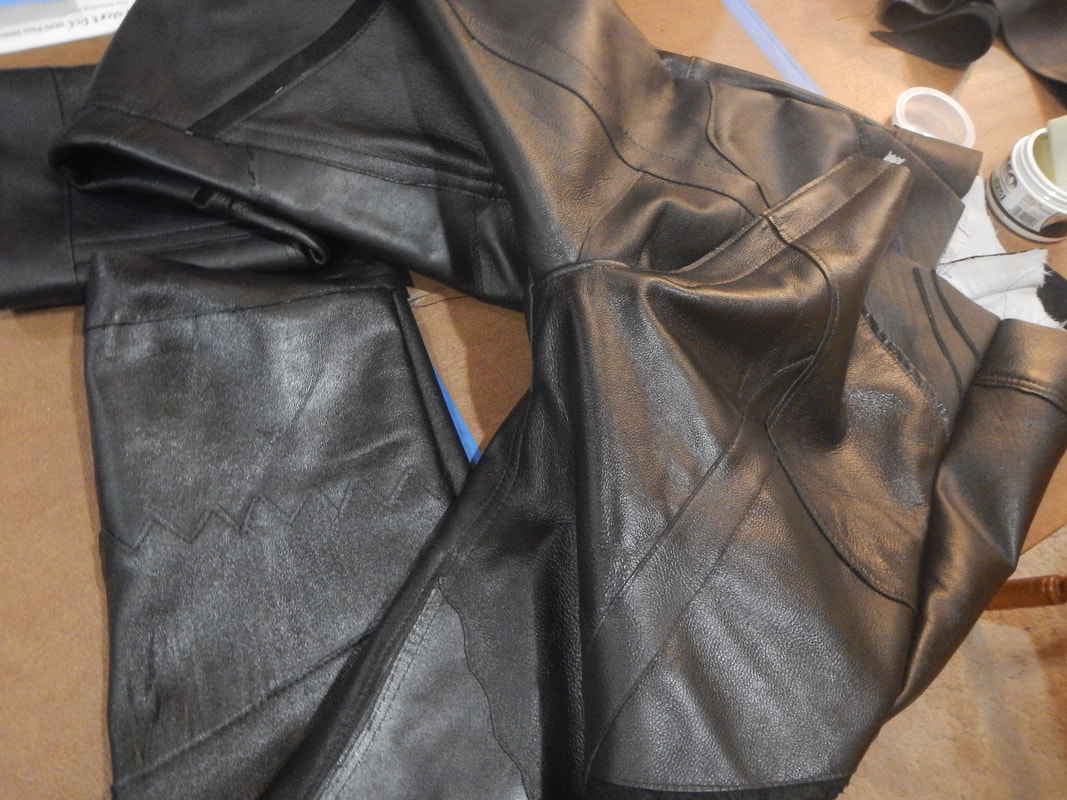
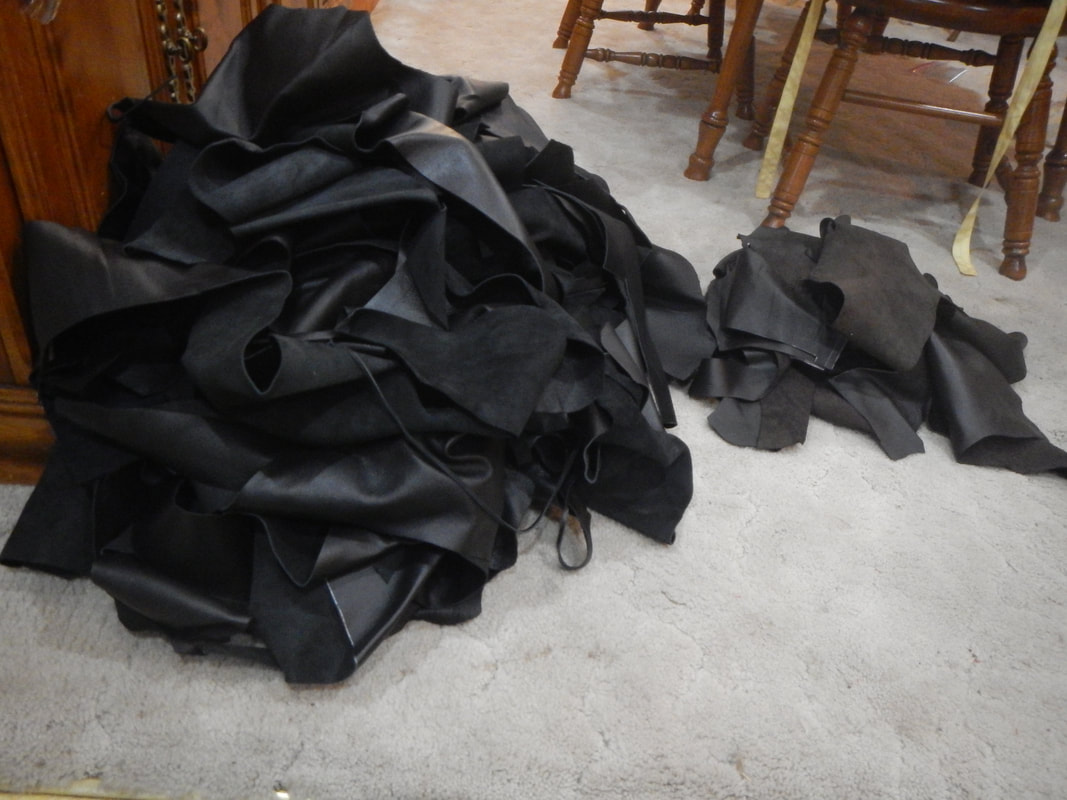

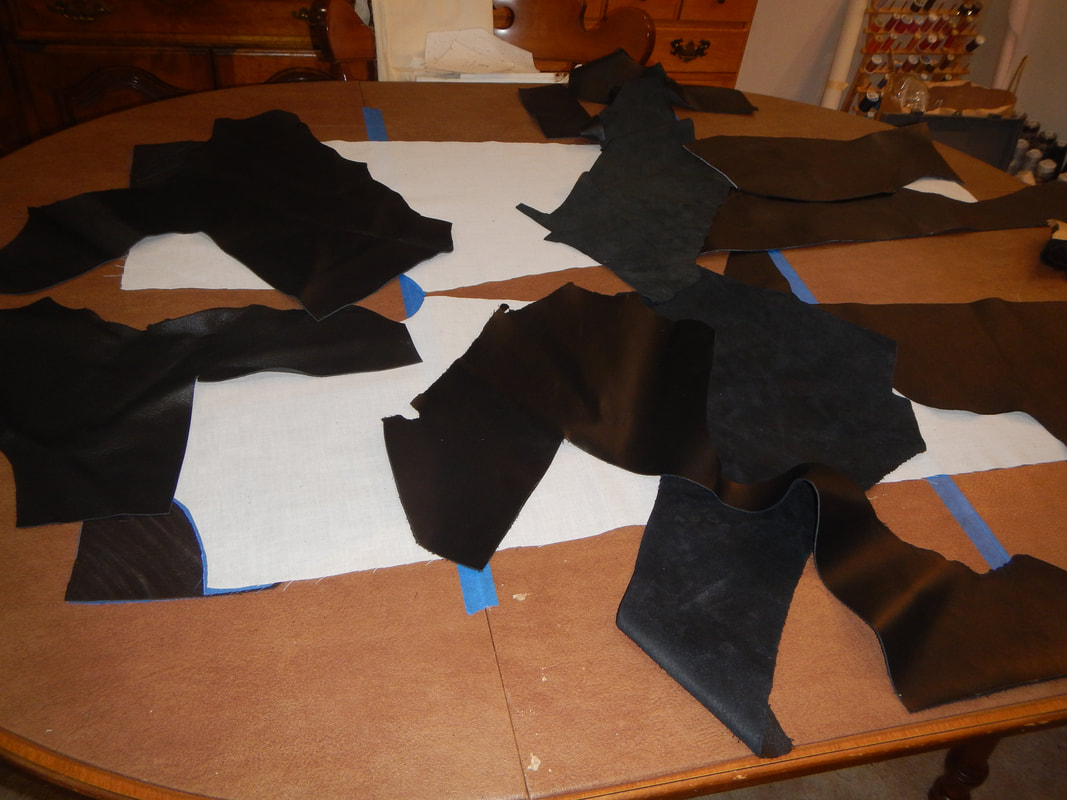



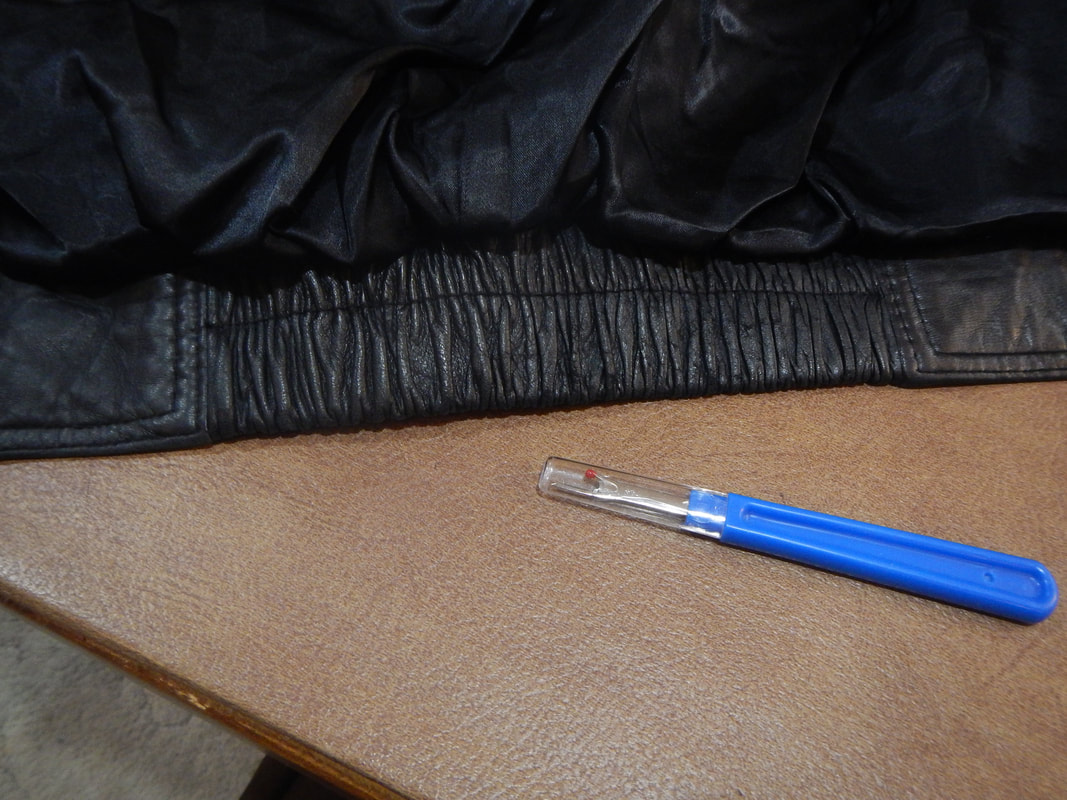


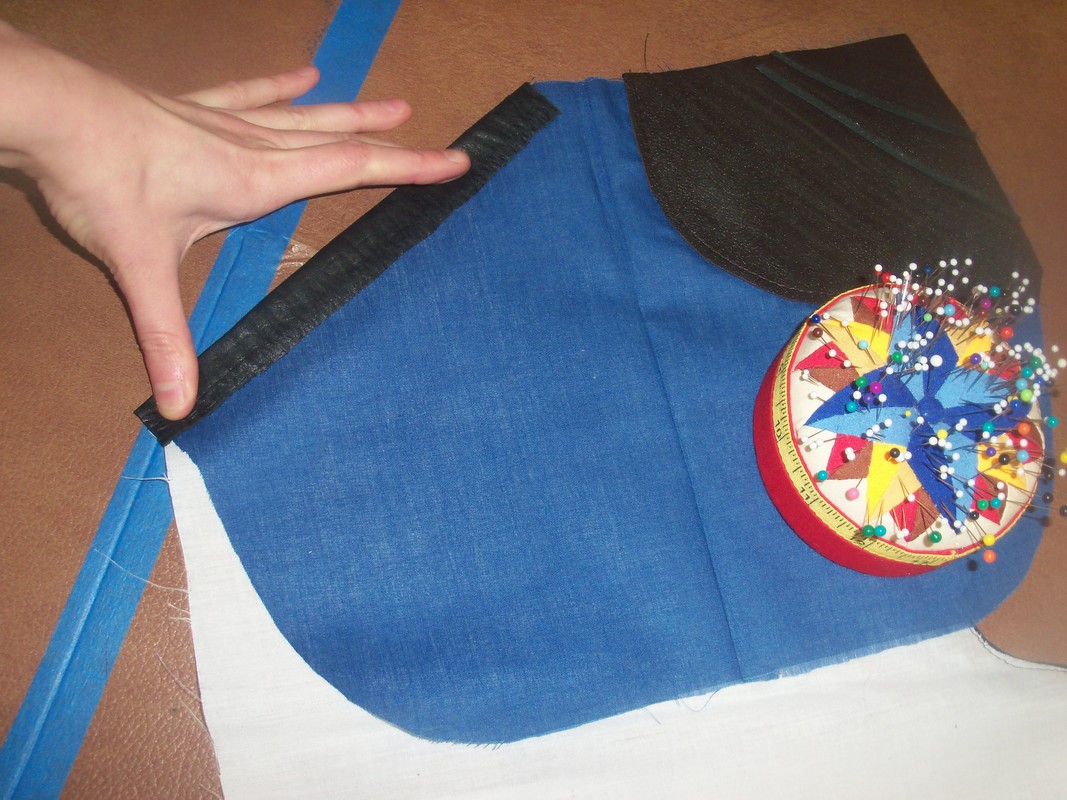

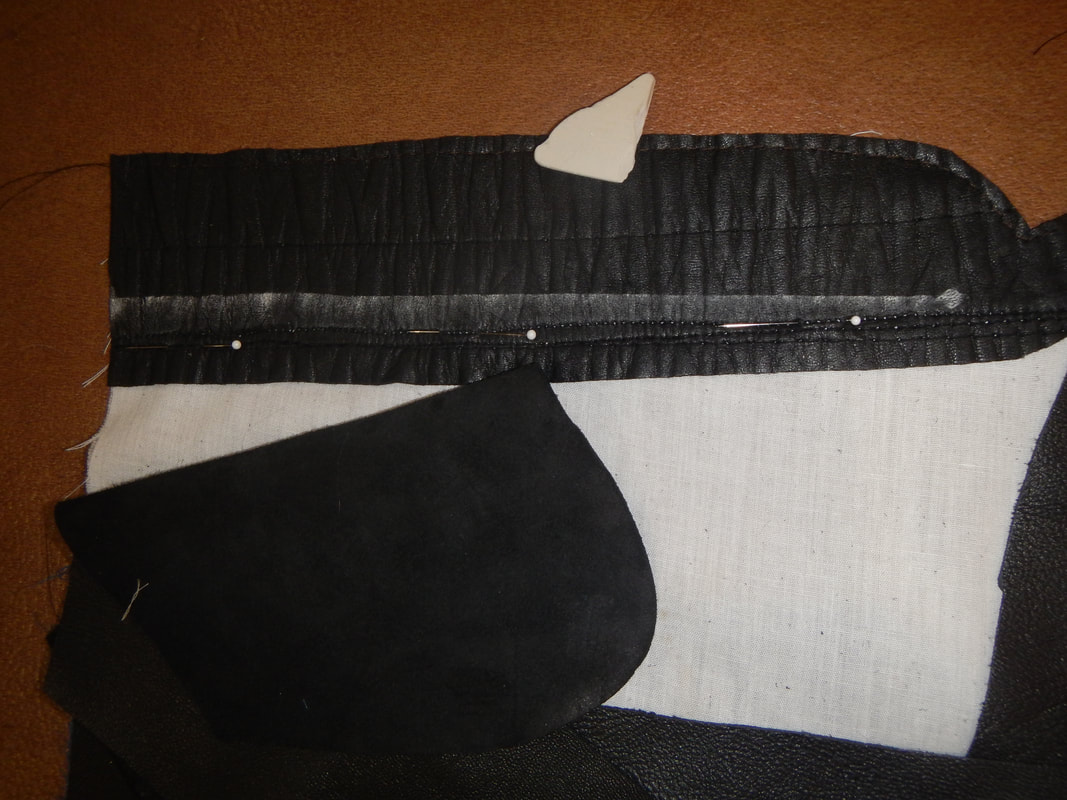



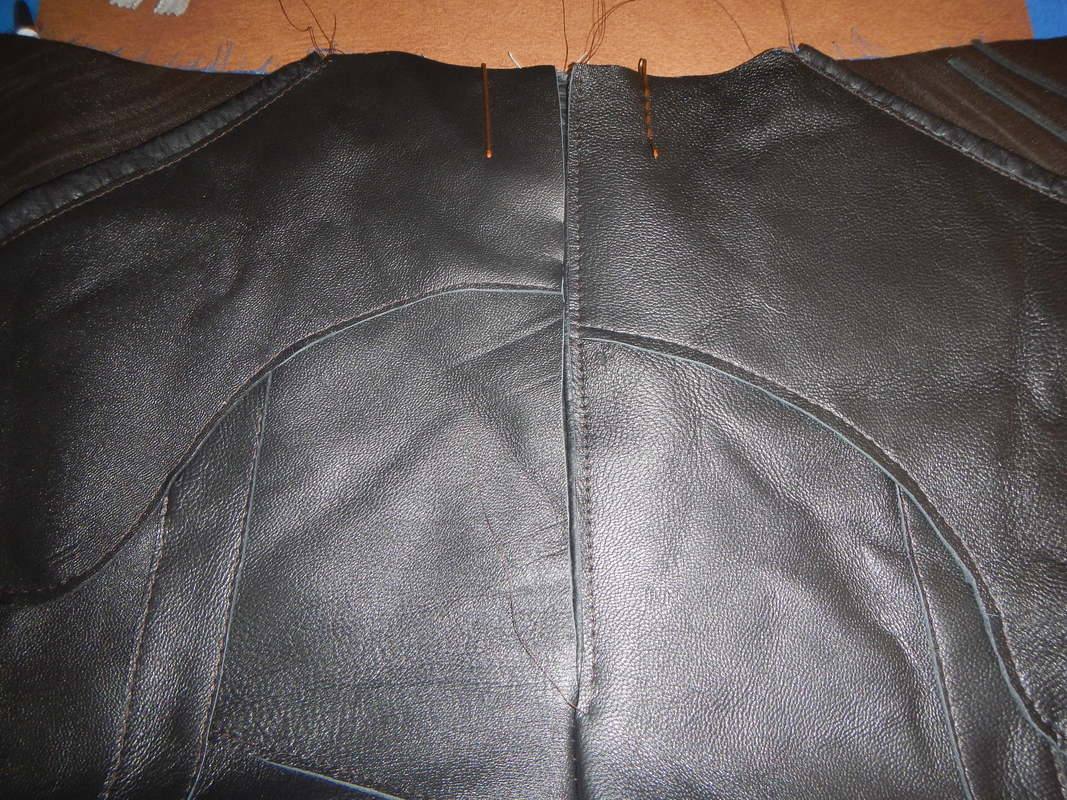


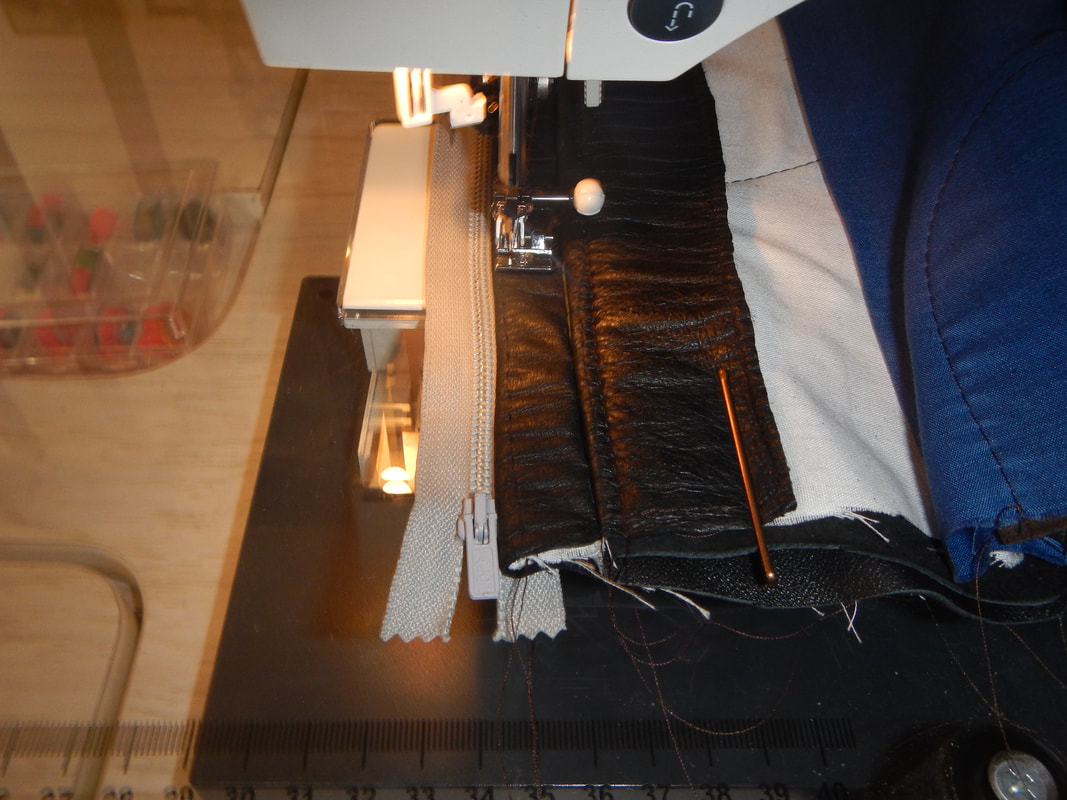





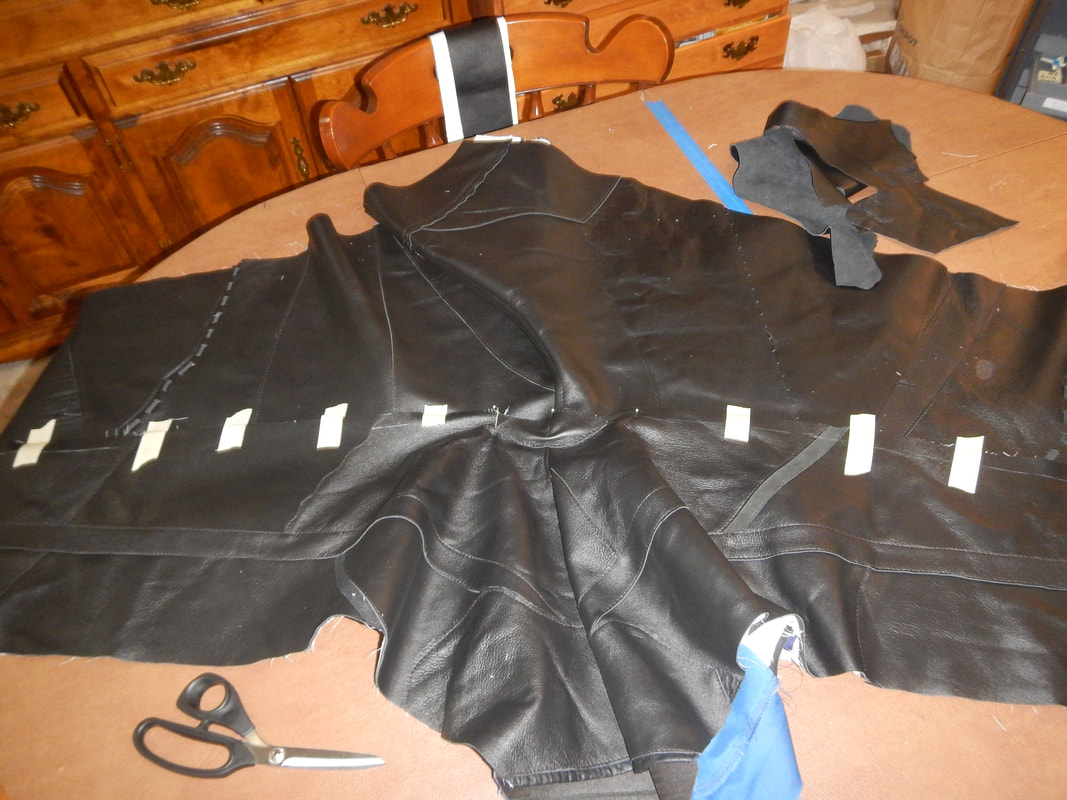

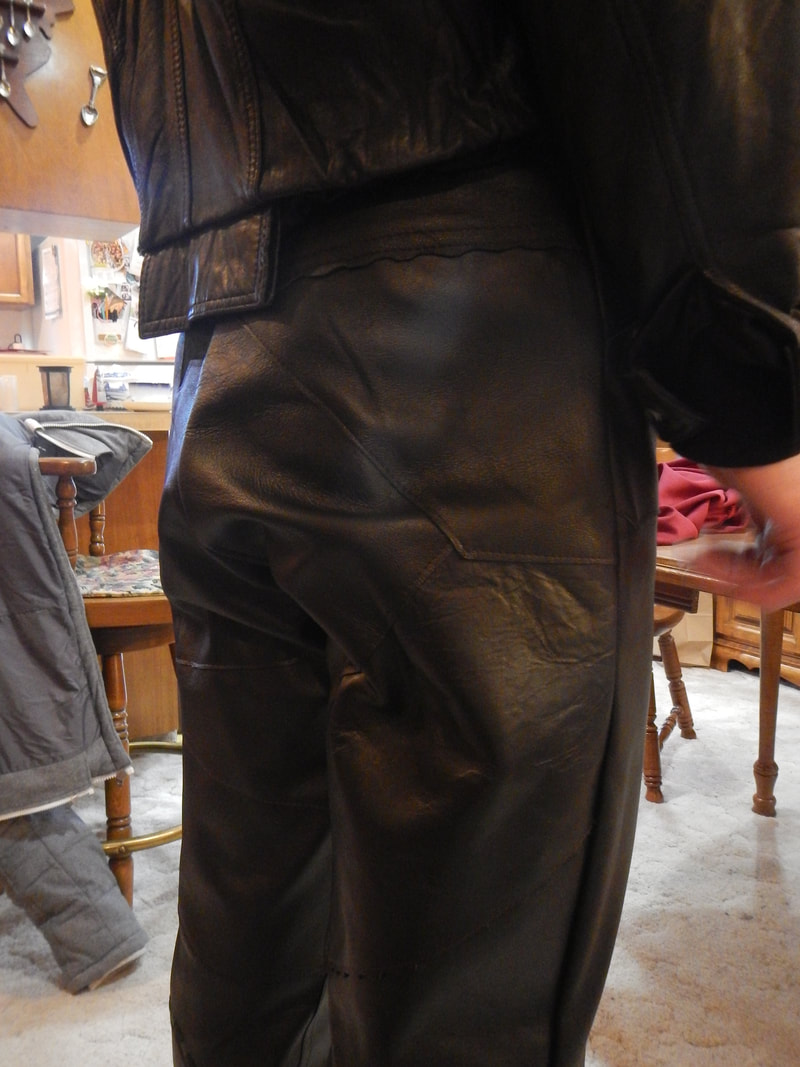
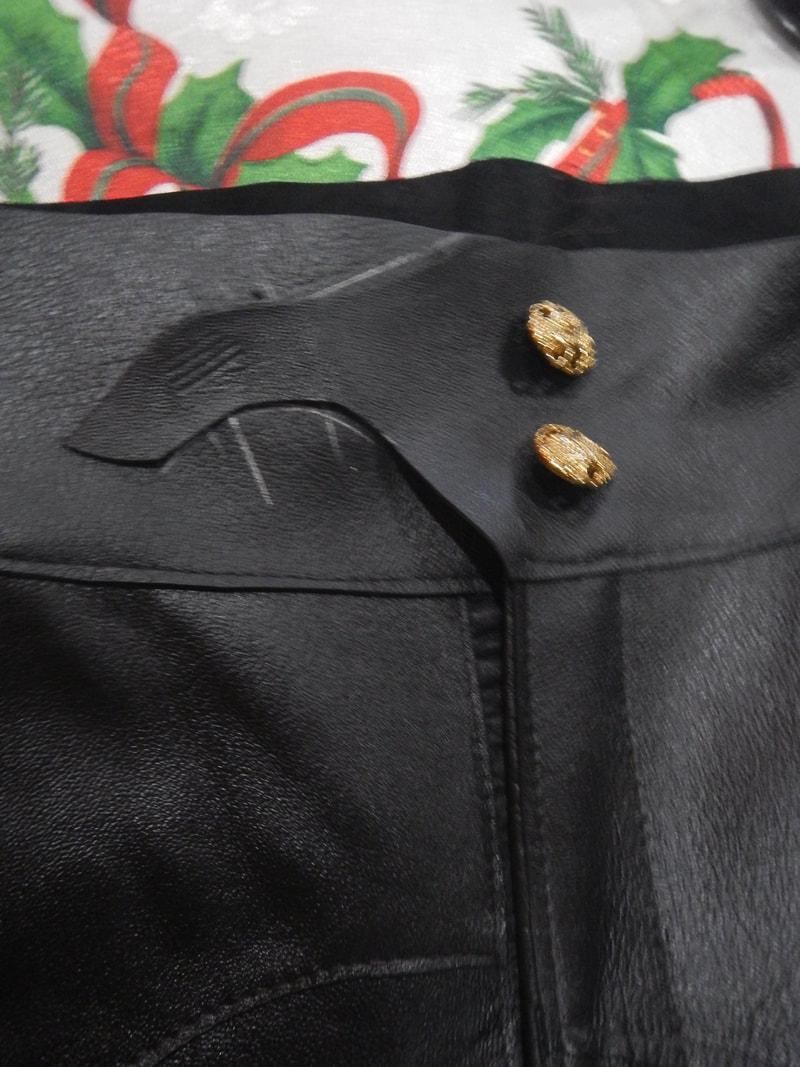


 RSS Feed
RSS Feed